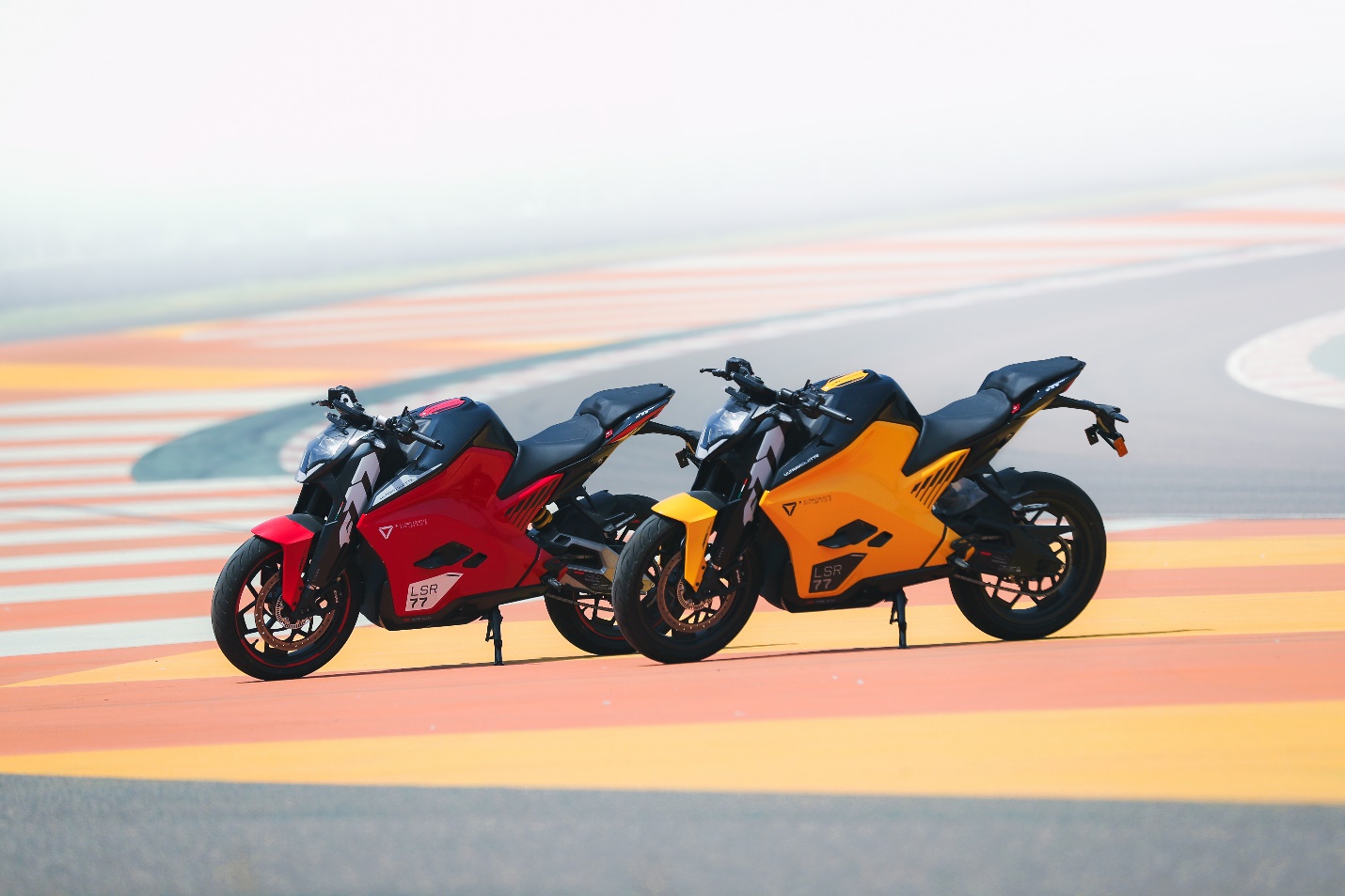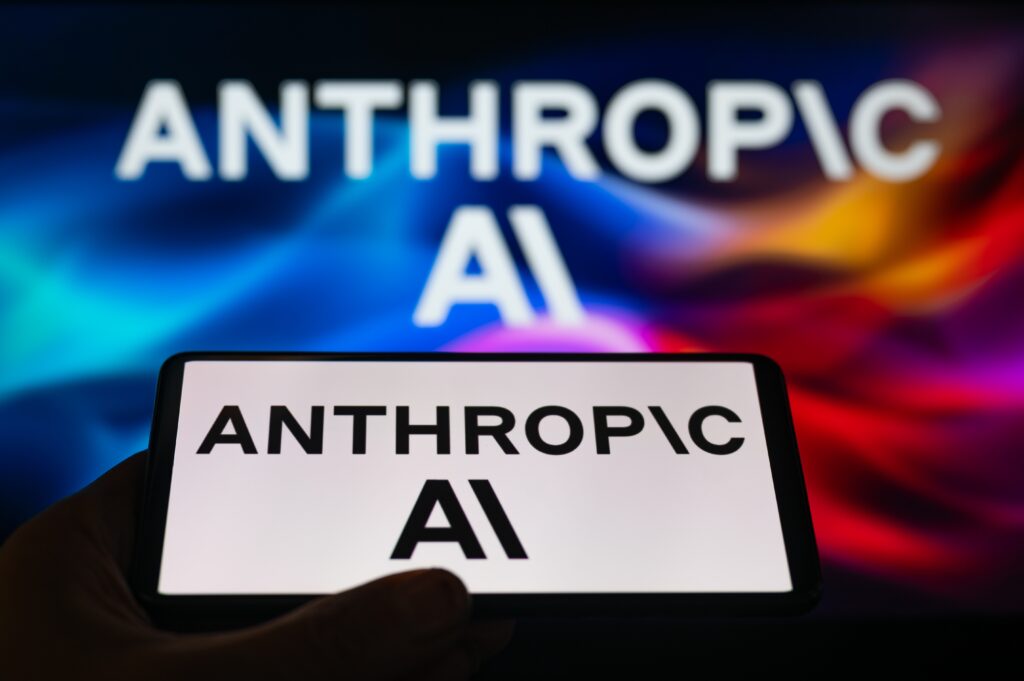
It’s thrilling to see Electric Vehicles gaining momentum and reshaping the future of transportation, as the industry transitions away from fossil-fuel based vehicles. The automotive sector, a global industry with over 100 years of operational knowledge, employing millions of people and generating trillions of dollars of economic wealth, is reinventing itself. In this blog, we analyze this phenomenon based on the inspiring lessons from Dr. Spencer Johnson’s Who Moved My Cheese.

Smell the cheese often so you know it is getting old

X-axis: Revenue CAGR (5y); Y-axis: Avg Return on Invested Capital (5y); Size: Market Cap (Source: Qualcomm ventures)
While the automotive industry has reached extraordinary levels of excellence by producing millions of high-quality vehicles, there is room for shareholder value creation going forward, which we will come to shortly. Figure 2 shows how they compare among themselves, as of December 2024. Around the time of the 2008 financial crisis, rapid technological advancements predicted that the cost of lithium-ion batteries would decline dramatically, making all-electric powertrains a viable alternative to the internal combustion engine (ICE), a century-old workhorse that powered the auto industry. So, what did the industry do. While the auto industry acknowledged that electric vehicles would be a major category in the future, in hindsight, they might have been slow to make the necessary investments. Only in 2019[1] did car makers start announcing plans to shift away from ICE to Electric. In contrast, Tesla, then a startup, quietly tackled complex engineering challenges to reimagine and redesign the car of the future. This effort culminated in the Tesla vehicles we see on the road today, starting with the launch of Model S in 2012. The Model S was a huge hit with consumers.
When you stop being afraid, you feel good
Not coincidentally, it wasn’t until 2020, ten years after its IPO and eight years after launching the Model S, that the stock market began to reward Tesla. And boy, did it reward[2]?! Figure 3 shows how the incumbents compare with respect to Tesla. The chart illustrates that automakers can aspire to deliver shareholder returns that are unprecedented in the entire history of the auto industry.

X-axis: Revenue CAGR (5y); Y-axis: Avg Return on Invested Capital (5y); Size: Market Cap (Source: Qualcomm ventures)
Automakers today are redesigning several architectural building blocks of the car not limited to electrification of the drivetrain alone. OEMs are acquiring technology/software capabilities that the industry has not seen before. It wouldn’t be wrong to say that soon, automakers may become technology and software companies that happen to make cars. Qualcomm Technologies, Inc. has been busy both on the R&D front, innovating fast, as well as with working with OEMs to enable them to transition to a new Electrical/Electronics (E/E) architecture called the Digital Cockpit for infotainment and the Digital Chassis for functionality, performance and safety of the vehicles. The goal is to bring universal, safety-grade compute fabric and middleware technologies to OEMs, enabling them to develop products that compete with the best in their class.
Imagining yourself with new cheese leads you to it
A similar battle between the old-world order and the new is currently underway in a different region and a different part of the auto industry – the 2-wheelers, which include low-powered (< 15miles/hr.) scooters to high-performance (> 100miles/hr.) motorcycles. The industry is valued at over $100Bn annually, with China and India being the largest producers of 2W automotive vehicles. For a prospective consumer contemplating the switch from ICE to electric two-wheelers (2W), safety is a non-negotiable baseline requirement. Additionally, consumers prioritize performance and the riding experience—qualities that many major ICE vehicles do not offer. When Qualcomm Ventures invested in Ultraviolette Automotive, an innovative Indian EV startup in 2022, we witnessed the company pushing the envelope not only on price but redefining the very concept of performance in the electric 2W segment. Designing an electric 2W, especially a motorcycle is a lot harder than designing an electric car. For starters, the 2W vehicle and its riders are one integrated entity from a balancing and road-handling perspective. The design and placement of the battery pack given the limited space and overall weight constraints of the vehicle is one of the most complex engineering problems. Heat dissipation from the batteries is perhaps the most important safety aspect that a 2W designer must consider. In addition to safety, the experience of owning and riding a vehicle in an era of smartphones where user interfaces and interactions with tech gadgets are becoming increasingly sophisticated and intuitive. Most people buy a Tesla because they want a Tesla. That it is electric, is a bonus. That is the same philosophy that Narayan and Niraj, founders of Ultraviolette, took. You want to make owning an EV desirable and fun. Understanding consumers’ needs and building products that build a strong emotional connection with the user is as much art as it is science and engineering.
The quicker you let go of old cheese, the sooner you can enjoy new cheese
When aiming to build a high-performance electric motorcycle—a feat few have attempted– where do you begin? Ultraviolette chose to not start with the existing standards of the automotive industry at the time. Instead, they studied the aerospace industry for design inspiration and engineering playbook, for the simple reason that fighter aircrafts deliver incredible performance under severe design and safety considerations. Not surprisingly, they hired experienced professionals with aerospace background to build one of the world’s safest batteries that packs a serious punch[3]. They also hired experts from the smartphone industry to reimagine and redesign how the technology would integrate with the vehicle and how riders would experience it. Of course, they have some of the best industrial designers and automotive engineers to help drive product specifications and engineering. After 7 years of relentless R&D and engineering, including over 10 generations of battery design and management systems, 4 iterations of the vehicle control unit, more than 200 prototype vehicles, 100,000 miles, and 10,000 hours of real-world test rides in different conditions, Ultraviolette launched the F77 motorbike last year in three[4] variants: the F77 Airstrike, Shadow, and Laser. They recently updated their product line with the F77 Mach 2. Qualcomm Ventures is proud to invest in Ultraviolette and support their quest to offer cutting-edge innovation in the 2W automotive segment.


Move with the cheese and enjoy it
The company started fulfilling deliveries in 2023, and hundreds of proud owners are experiencing[5] something a motorcycle had not previously offered. One notable feature of the F77s is its ability to operate in three distinct modes: Eco, which restricts speeds to conserve battery charge and is ideal for slow-moving traffic; Ballistic, which unleashes the vehicle’s full peak power, allowing for speeds close to 100miles per hour; and Sport, which offers ample performance while balancing energy consumption. My personal favorite aspect of the F77s is its “Sound of the Future”, a natural, aircraft engine-like sound that gives you the exhilarating feeling of being ready to take off from the ground! An engineering marvel that it is, the F77 has been receiving numerous positive product reviews and accolades in India and abroad, including the famous Supercar Blondie[6].
In terms of what’s next for Ultraviolette, their journey has just begun. The 2W industry will provide superior levels of safety that are often taken for granted in cars. Ride Assist and Advanced Driver Assist Systems must be adapted for 2W, even as limits are pushed on riding performance and comfort. Qualcomm Incorporated is committed to enabling the digital transformation of automotive, offering world-class technologies and solutions to power a new era of connected and intelligent vehicles.
- https://edition.cnn.com/interactive/2019/08/business/electric-cars-audi-volkswagen-tesla/
- https://www.nytimes.com/2021/10/26/business/dealbook/tesla-trillion-dollar-company.html
- F77 Battery Specs
- F77 variants
- UV Squadron
- Supercar Blondie’s review and F77’s head-head race with a mini fighter jet,
https://www.youtube.com/watch?v=ar2d0lc6vVA


